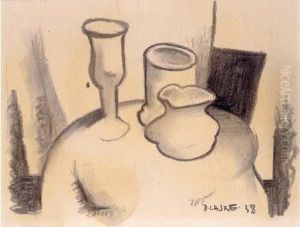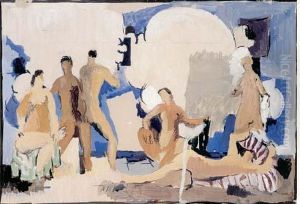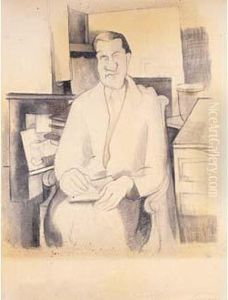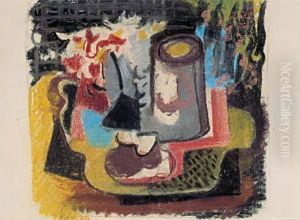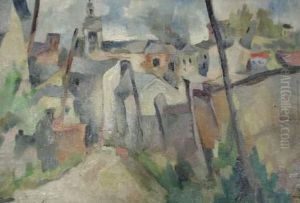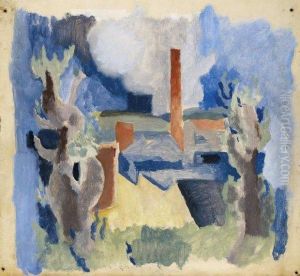Jean Lasne Paintings
Jean Lasne was a French painter known for his contributions to the School of Paris and his involvement in the modern art movement of the early 20th century. Born on November 23, 1911, in Oloron-Sainte-Marie, France, Lasne developed an interest in art at a young age. He moved to Paris to pursue his passion and quickly immersed himself in the city's vibrant artistic community.
In Paris, Lasne studied at the École des Beaux-Arts and was influenced by the artistic developments of his time, including the works of the Impressionists, Cubists, and Surrealists. However, he developed his own unique style, which combined elements of these movements with a distinct sense of lyricism and poetic form. Lasne's paintings often featured dreamlike scenes, muted colors, and a sense of melancholy, reflecting the complex emotions of the interwar period.
During the 1930s, Lasne's work gained recognition, and he began exhibiting with other prominent artists of the era. His circle included figures such as André Lhote, with whom he shared a studio for a time, and he participated in group shows that solidified his reputation as a significant modern artist.
Tragically, Jean Lasne's career was cut short by the events of World War II. He served in the French army during the war and was captured by the German forces. Lasne died in captivity from illness on July 10, 1944, at the young age of 32. Despite his brief career, Lasne left behind a legacy that continues to be appreciated by art historians and collectors. His works are now part of many prestigious collections and museums, serving as a poignant reminder of the artistic talent lost to the ravages of war.
